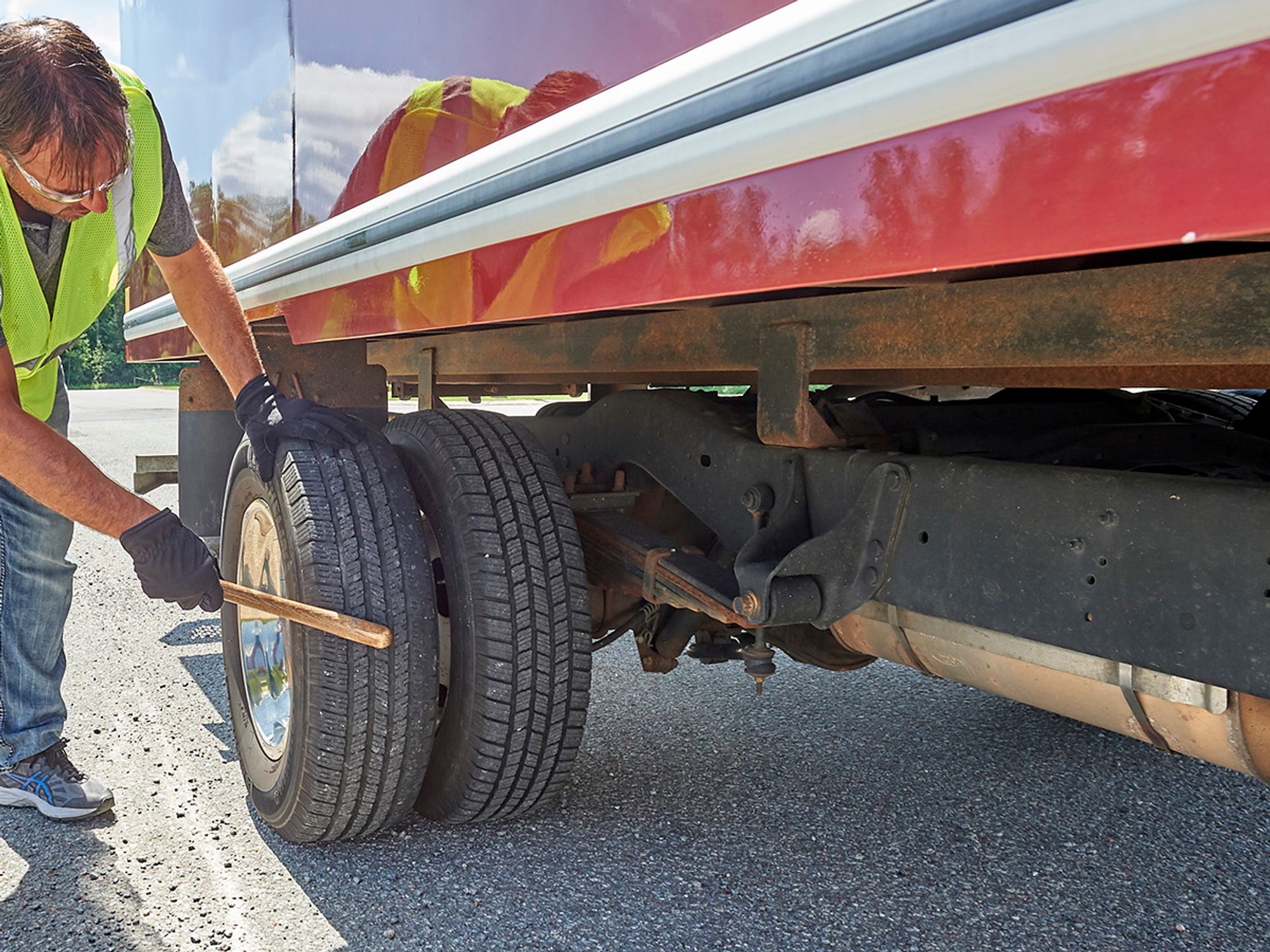InstitutePost-trip inspectionsFleet SafetyFederal Motor Carrier Safety Administration (FMCSA), DOTIn Depth (Level 3)Focus AreaUSAEnglishAnalysisTransportationCMV Inspections
Why require daily post-trip inspections and DVIRs?
['CMV Inspections']

- Without daily post-trip inspections and driver’s vehicle inspection reports (DVIRs) the risk of a crash, breakdown, or roadside-inspection violation rises.
- Records of daily post-trip inspections can be used to refute litigation claims that undetected vehicle defects caused or contributed to a crash.
- DOT inspectors find it much easier to spot problems if a carrier only requires DVIRs when there is a defect.
Motor carriers have the option of requiring drivers to perform a daily post-trip inspection and then submit a driver’s vehicle inspection report (DVIR) even when there are no defects to report. Here are five reasons to require daily post-trip inspections and DVIRs:
- To verify that the inspections are being done. Human nature is such that, “If no one is watching and it’s not required, I’m not going to do it.” Having drivers submit inspection reports reinforces the fact that the company wants its drivers doing the required inspections and will hold drivers responsible if the inspections are not being done.
- Regular inspections are critical for avoiding crashes, breakdowns, and roadside inspection violations. If drivers are not doing post-trip inspections — and showing that they did them by completing DVIRs — the chance of any or all three occurring goes up.
- The company may want to protect against claims during litigation that undetected vehicle problems caused or contributed to a crash. Being able to present records that show the driver conducted the required inspections and that the vehicle was in good condition can only help during litigation. Not having such paperwork can leave a carrier and driver open to questions about the timing and findings of inspections.
- Having the driver only submit a DVIR on days when there is a defect can lead to a tracking problem. Should a DVIR have been done by the driver today? Did the driver not submit one when it was required? Do the drivers believe they never have to submit one, due to believing that just telling someone about a defect is adequate? One way to ensure DVIRs are being done when required is to require drivers to submit one daily.
- If the company undergoes an audit, daily DVIRs will show that an important “safety management control” is in place when it comes to driver inspections. Also, Federal Motor Carrier Safety Administration inspectors are finding it much easier to spot problems during an audit if a carrier requires DVIRs only when there is a defect. It doesn’t take much to get over the 10 percent threshold for a violation when matching roadside inspections with maintenance issues against many fewer DVIRs.
Drivers, operations personnel, and maintenance personnel must have a thorough understanding of the DVIR process used by the carrier. The carrier should make sure the DVIR process is adequately covered as part of initial and refresher training.
